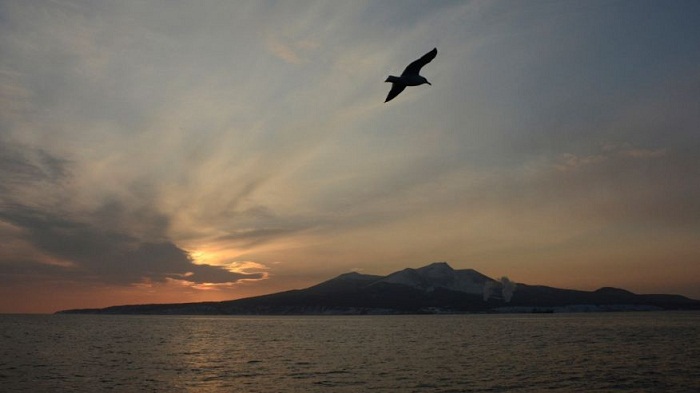Researchers determined that iron coming out of hydrothermal vents along volcanic mountain ridges in the Pacific can travel up to 2,500 miles. The iron is important for feeding phytoplankton, which are a key part of the marine food chain. Fish, for example, feed on phytoplankton.
Scientists believe that that the iron from hydrothermal vents and its transformation when mixed with seawater can boost knowledge of how oceans could help reduce the carbon dioxide levels emitted by fossil fuels.
“These phytoplankton are responsible for taking CO2 from the atmosphere and transporting CO2 to deep sea,” said Jessica Fitzsimmons, an Assistant Professor at Texas A&M’s Department of Oceanography, noting that if the phytoplankton had more iron they would grow more.
Researchers made their conclusion by tracing iron plumes from hydrothermal vents and taking seawater samples. To conduct their research, the scientists went out on a U.S. research vessel for 60 days and collected seawater samples at different depths at 36 stations from South America to Tahiti. They brought the samples back to the lab and measured the metal concentrations. Fitzsimmons estimated they collected about 1,000 samples.
Fitzsimmons believes research like this can help raise public awareness of climate change and bring better, more accurate science to the public.
“Helping spread the word that these issues are real and important helps us get the funding to go out there and solve the problem,” she said. “To think of myself as a scientist who’s trying to reduce the error bars in future climate projections. Part of my science understanding helps us do that more accurately.”
/Fox News/
More about:
















































